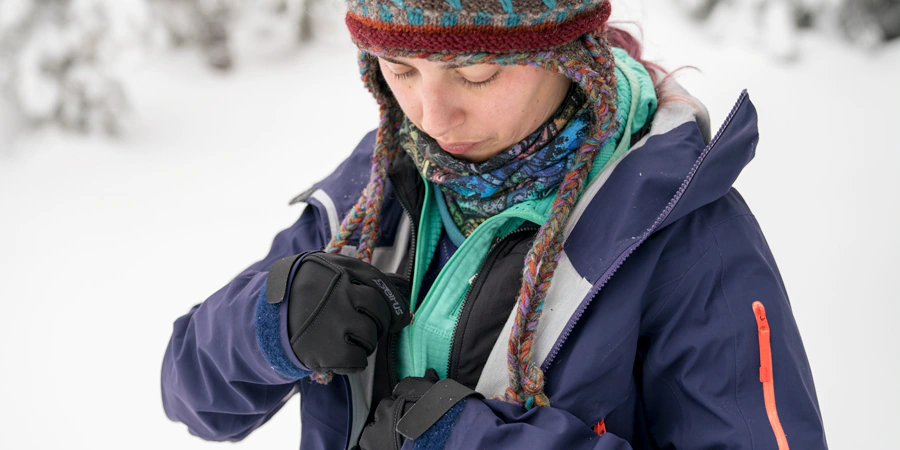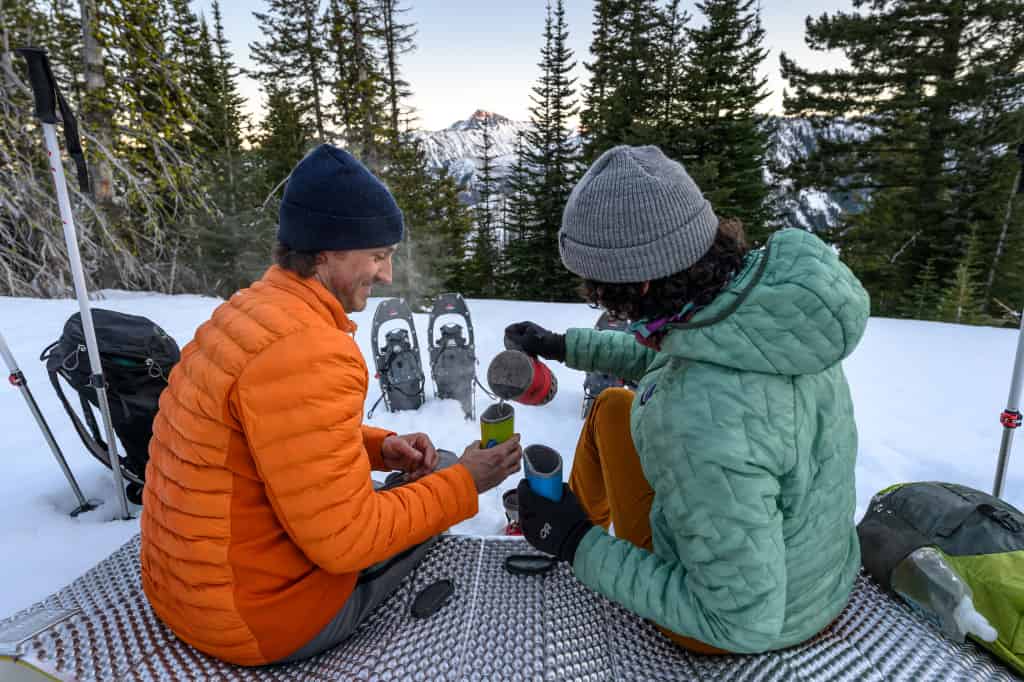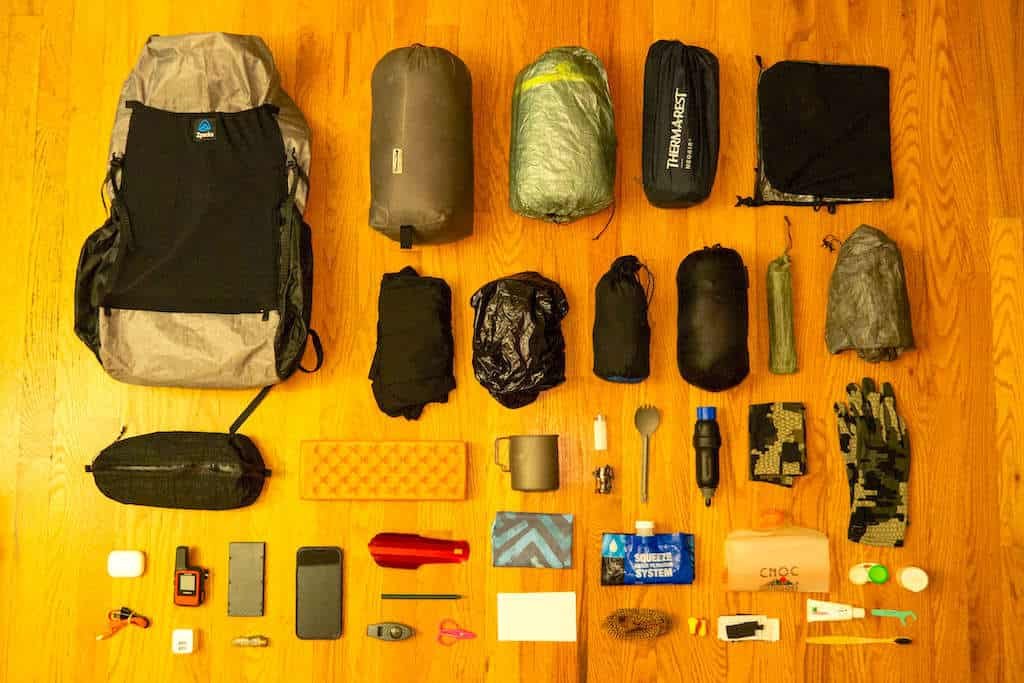Winter is one of the best times of year to take a hike. You don’t have to worry about bugs, and sunburn shouldn’t plague you as long as you slather on sunscreen before you depart. Also, the crowds have dissipated, meaning you’ll often have nothing but your feet crunching through leaves disturbing the sound of silence. We have these wonderful tips to Stay Warm on a Winter Hike without getting yourself getting any issues later.
However, you have to mind the weather. Hypothermia is a severe threat, and frostbite can lead to missing limbs. You don’t want to think of anything going awry on the trail, but twisted ankles happen, and making it back to civilization injured is hard enough without shivering.
What should you know before your excursion? Here’s how to stay warm on a winter’s hike.
Table Of Contents
Tips to Stay Warm on a Winter Hike
1. Cover Your Extremities

You probably wouldn’t head out in the winter without a coat, but you’d be surprised how many people forget their mittens. Your extremities, including your hands, feet, nose, ears and lips, are the most likely targets for frostbite — losing one could mean disability and disfigurement.
Fortunately, you can prevent frostbite by keeping your extremities covered. A hat and gloves are likely sufficient for most shorter outings. However, hiking in extreme conditions leaves your face exposed. That’s where a balaclava — a face-covering hat with slits for your eyes, nose and mouth — comes in handy. You probably refer to it as a ski mask.
If your hat doesn’t cover your ears, consider opting for earmuffs instead. You don’t get the full benefits of preventing heat loss off your noggin, but you avert frostbite. You also avoid messing up your ‘do as much as a beanie. This is one of the most important ways to Stay Warm on a Winter Hike.
Your boots should do a fair job of insulating your feet, but please select the right kind for the terrain. Are you heading to swampy territory, thanks to rain or snow? A pair of duck boots might be better than your leather pair for repelling water and keeping your toes dry. Warm socks are also a must. If your feet sweat a lot, consider layering thick wool over thinner polyester to whisk moisture away while providing insulation.
2. Dress in Layers

You’ve undoubtedly heard the advice to dress in layers when it’s cold a thousand times. However, what does that look like in practice? What fabrics should you choose, and what should you avoid? Here’s a crash course on how to layer that should help:
- Your base layer: Although you should always wear a thin layer next to your skin to whisk away sweat, leave your cotton long johns in the drawer. That fabric holds moisture close to your skin. Instead, opt for nylon, polyester, merino wool, or silk to keep your skin from feeling damp and clammy.
- Your mid-layer: Your goal here is to maintain heat inside your body. Therefore, think of thick and plush fleece-lined items. Down and wool are also excellent insulators. Depending on how severe your temperature extremes are, you may wish to include an extra shirt or vest on top to further protect your vital organs.
- Your outer layer: The purpose of your outer layer is to protect you from the elements like snow and wind. Look for a waterproof shell if you hike when it rains or snows. However, consider more breathable versions for pleasant weather to avoid soaking your underneath layers with sweat.
It’s a bit harder to layer gloves than socks. However, one technique is to wear a thinner glove underneath a thicker mitten with a button-down clasp that lets you free your fingers when you need to get a grip.
3. Keep Moving

To Stay Warm on a Winter Hike, you need to be ready physically for sure. Why do people increase their exercise levels when they want to drop a few pounds? It’s because burning calories requires heat, which movement provides. Your goal on a winter hike is to keep your body in motion to generate sufficient body heat to stay warm. That may mean adjusting your approach over your summer outings.
For example, some people hike faster than others. If you typically keep a quicker pace, you could catch a chill while waiting for slower group members to catch up with you. It’s always wise to hike with a buddy, but you might want to save larger group outings for warmer months.
Furthermore, you should choose your hikes with care. The same steep scramble that provides a pleasant challenge in sunny weather can turn into a hazardous ice slick in the winter. It’s best to leave the double-black diamond excursions until summer, sticking to more moderate outings. If you fall and get hurt, you could face a long, cold time waiting for rescue — if it arrives in time.
Understand your limits. If you know anything over three miles pushes you to the brink in good weather, stick with shorter outings of a mile or two. It’s far better to be safe and continue to enjoy your favorite outdoor activity for years to come than have your love of hiking in winter soured by getting stuck in the elements.
4. Use Hand Warmers

If you haven’t yet discovered hand warmers, you’re in for a treat. These little chemical miracles slide inside your gloves or even boots, helping warm your extremities and prevent frostbite. They’re a must for longer outings, providing an extra boost of heat when your gloves start to fail after growing wet with sweat.
You can pick up hand warmers at any sporting goods store. They last for several hours on average, long enough for most hikes. However, if you take a longer trek — or want to preserve them between uses — put them in a plastic zip-close bag devoid of oxygen. Without oxygen, the iron in the chemical mix stops reacting, saving your heat for the next use.
5. Sip a Toasty Beverage

Pay attention to how your body feels the next time you pour your morning cuppa on a chilly day. You might have stumbled out of bed, shivering when your feet hit the floor — but a few sips of that magical bean water make you feel comfortable. That’s because drinking a hot beverage can warm your internal temperature by as much as 2.5 degrees for roughly 20 minutes.
Therefore, fill your thermos with your favorite hot beverage — you can still carry your camelback to ensure an adequate water supply. The right travel mug should keep your tea or cocoa warm for hours. However, please avoid the temptation to mix up a hot toddy for the trail. Alcohol makes you feel warm by drawing heat to your skin, depriving your vital organs of necessary oxygen. Plus, it makes you more likely to fall and freeze while awaiting help.
6. Pack Extra Supplies

The right supplies can make a tremendous difference if the worst should occur while on a winter hike. Even the most experienced hikers can slip and fall on unseen ice, leaving you in the woods, immobile and shivering while you await help. Fortunately, you can increase your chances of survival by slipping an emergency blanket into your pack — the foil variety used by marathoners after a race.
Furthermore, you’ll need calorically dense food to generate body heat if you have to wait for help. Fill your pack with heavy-duty protein bars — here’s one time when you don’t want to go lean. You want the stuff bodybuilders to use to fuel their bulging biceps.
Finally, always include a first-aid kit in your winter hiking backpack. Plenty of water is another must, and a simple balm can be a lifesaver. Otherwise, icy winds can leave the skin around your eyes and lips raw.
Stay Warm While Tackling the Trails This Winter
Winter can be the best time of the year to take a hike. However, you must protect yourself from the elements. Use these tips to stay warm during your trek. You’ll feel toasty as you log your miles while keeping yourself safe.








